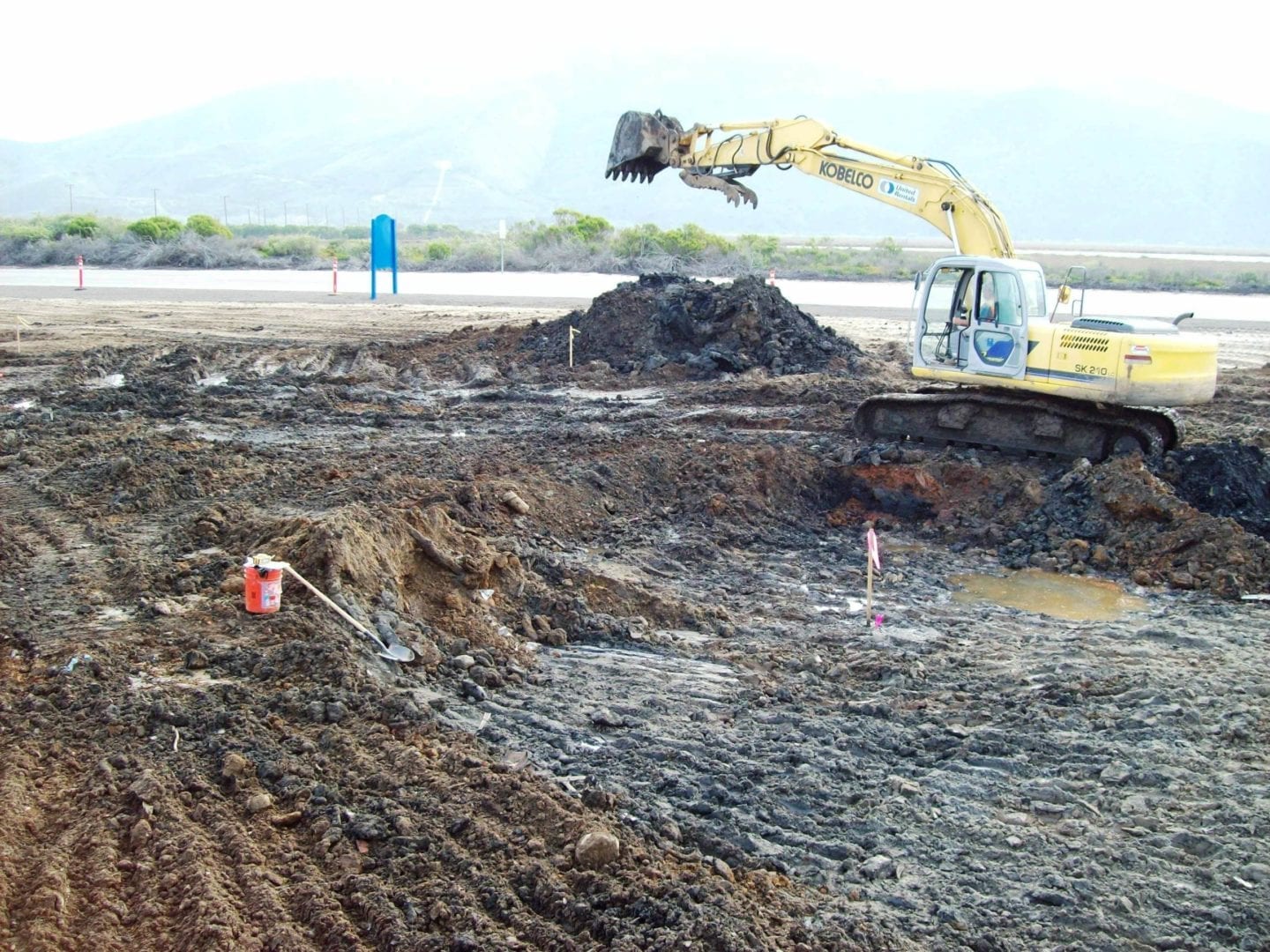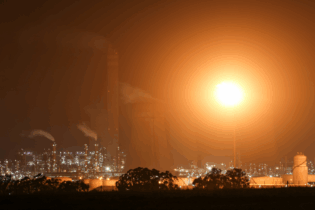
An excavator removes hazardous waste.
Titled,
The World’s Worst Pollution Problems 2016: The Toxics Beneath Our Feet, the report updates the top ten point-source polluting industries based on each source’s global burden of disease.
“Pollution and the diseases that it causes have become a massive and extremely costly global problem. But at the same time as our understanding grows, so too has our capacity to develop and implement effective changes,” Richard Fuller, President of Pure Earth said.
“But low- and middle-income countries are limited in their resources to adequately address the health impacts from toxic pollution, which further marginalises those most in need. A goal of this report and the collaboration between Pure Earth and Green Cross Switzerland is to increase understanding and funding in this area of public health.”
One of the most relevant findings of the report for the local industry is that industrial and municipal dumpsites pose threats to human health and environments in the developing world.
The largest number of these recorded dumpsites is in African, Eastern European and Northern Asian countries. Although each dumpsite varies in pollutants depending on the source of the waste, the most commonly identified pollutants include lead and chromium.
Top 10 polluters
The top ten pollution industries are identified as used lead acid battery (ULAB) recycling, mining and ore processing, tanneries, dumpsites, industrial estates, smelting, artisanal small-scale gold mining (ASGM), product manufacturing, chemical manufacturing, and the dye industry.
The number of toxic sites identified and recorded by researchers, has continued to increase and an extrapolation from this suggests that there are perhaps 150 000 sites in approximately 50 countries where investigations are underway.
The current estimate of the population at risk in low- and middle-income countries is about 200 million.
“Large as these numbers are, they are almost certainly underestimates,” David Hanrahan, Senior Advisor at Pure Earth said.
“In its most current figures, the World Health Organization reports that an estimated 23% of all deaths in 2012 (representing 12.6 million people) and 26% of deaths in children under the age of five were attributable to environmental risk factors, including pollution.
“About one-fifth of the global cancer incidence is associated with environmental exposures. This number is disproportionately higher in developing countries,” Hanrahan added.
Pollution solutions
A main objective of the study and its coordinators is to find and implement practical solutions to global toxic pollution problems. This requires the initiation of effective approaches. In the most urgent cases, these approaches may only be the start of a long-term clean-up.
“One of the most important areas of progress since the initial
World’s Worst report is the gradual emergence of a broad coalition of international organisations, public and private, who have recognised the scale and importance of the toxics agenda and who are cooperating to address it,” Nathalie Gysi, Executive Director at Green Cross Switzerland said.
“The challenge of all forms of pollution is now recognised in the Sustainable Development Goals (SDGs), specifically under SDG 3 on Good Health and Well-Being,” Gysi adds. “This will contribute to continued progress, and hopefully bring higher levels of investment to the fight against pollution.”
Download the full report, fact sheets and images at
http://www.worstpolluted.org









